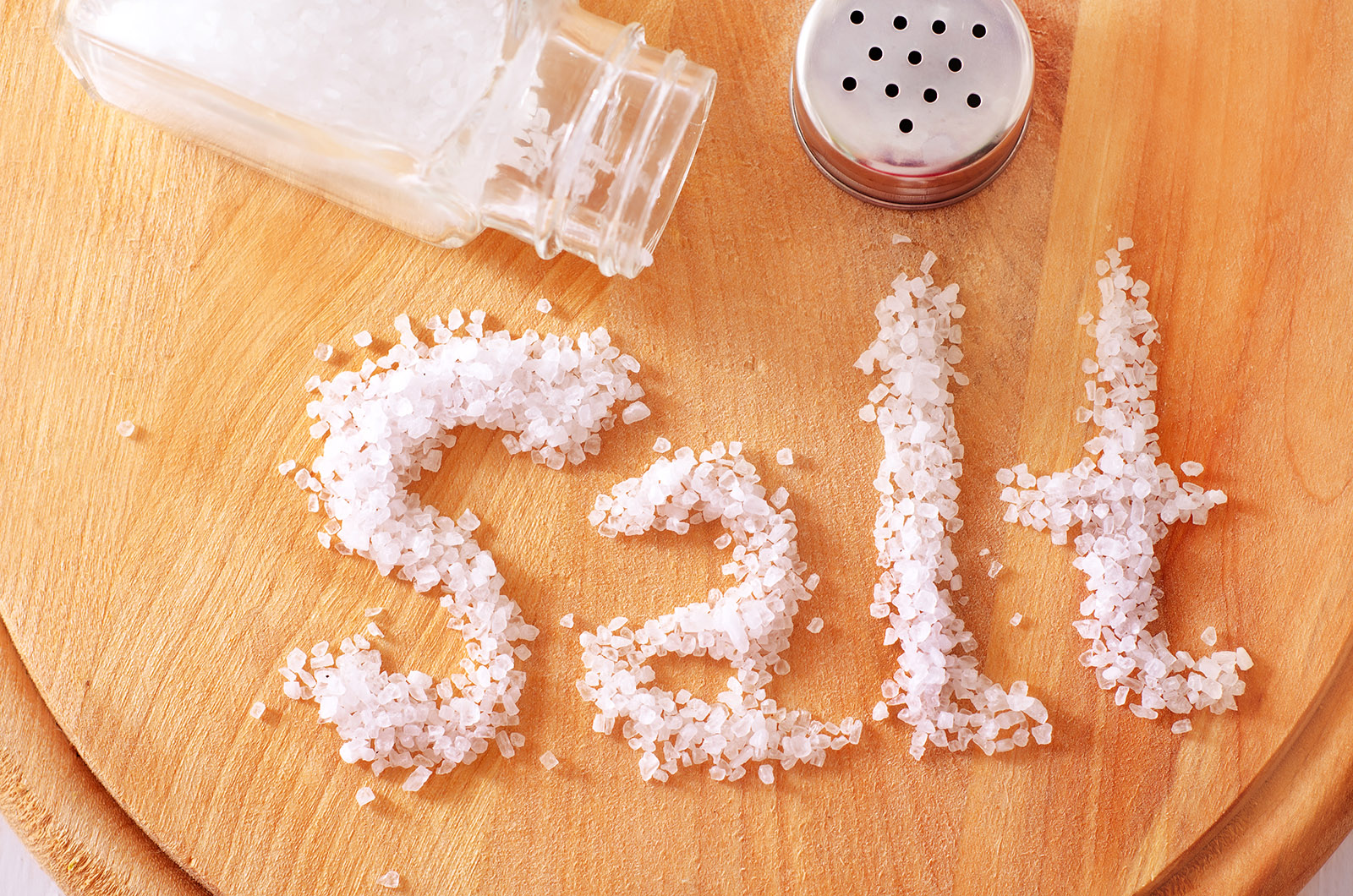For years, doctors have been saying a diet high in salt is bad for your heart.
Heart disease kills someone in America every 23 seconds. High blood pressure is often the culprit, which can be caused by too much salt, or sodium, in the diet.
Now, research also links salt to diseases such as cancer, diabetes, dementia, and kidney disease.
Salt and Weight Gain
And according to Registered Dietician Heather Jones, author of the book, The Salt Solution, sodium can also make you fat.
“You know, most people think about losing weight they think about cutting fat, they think about cutting carbs, they think about cutting calories and they don’t necessarily think about cutting salt,” she said. “But they really should.”
Brain scans show sodium triggers dopamine, the neurotransmitter associated with pleasure, which can mean the more salt you eat, the more you want. Sodium also boosts insulin production, which leads to weight gain.
Additionally, salt increases thirst, which wouldn’t be so bad if we turned to water. But statistics show most people reach for high calorie drinks.
The government recommends consuming only 1,500 milligrams of salt a day, or two-thirds of one teaspoon. Most Americans consume more than twice that amount.
Processed Foods
So where’s all this salt coming from? Eighty percent comes from processed foods.
Salt helps preserve food and adds flavor. Just one serving of many canned soups, sauces, lunch meat, and many other pre-made foods can contain way more than a full day’s recommended amount of sodium.
“I really wanted to make a change,” Bethlehem, Pa. resident Shannon Ferry admitted.
Like most Americans, Ferry loved salty foods but was afraid of what they were doing to her.
“My mom had triple bypass surgery at age 44 and my grandmother died at 45, so it’s in my family history,” she told CBN News. “So that’s a big thing when I think about the foods I eat and unhealthy behaviors that I started following.”
Ferry decided to try “The Salt Solution” plan because it was endorsed by Prevention Magazine, which she trusted. She lost 18 pounds and 11 inches on the plan simply by cutting salt from her diet.
Killing the Salt Craving
Some people are hesitant to even try to go without their beloved salty foods, but it’s actually easier than you think. If you’re one of those people who believes you could never live without salty foods, think again — because if you stop eating them for just a little while, you actually stop wanting them.
How does that happen? We can literally train our taste buds. Each one contains about 100 receptor cells. Each cell only lives about 2 weeks and is then replaced. So for the first two weeks of “The Salt Solution” plan you cut out all sodium.
Plus, during that time, you load up on foods like spinach, bananas, almonds and milk because they contain key minerals that cleanse the body of excess salt.
“The minerals sodium, magnesium, potassium and calcium all work together and they work to get your body running the way it should,” Jones explained. “And we’re getting way too much of one, of salt, and not near enough of the other three.”
Managing the Salt Free Life
Living a low salt lifestyle means long term changes. Fewer fast food stops, making the effort to cook from home with non-processed ingredients, and seasoning with spices other than salt.
Ferry explains how she made the change.
“I would take a Sunday afternoon and look through the plan and plan out my lunches and breakfasts and prepare them ahead of time and put them away in containers where I could just grab it from the refrigerator, put it in my lunch bag and just be out the door,” she said.
Restaurants notoriously place high amounts of salt in their food, so try to keep your dining out to a minimum. But on those occasions when you do eat at a restaurant, ask the chef to hold the salt and use other spices instead.
While shopping at the grocery store, keep in mind that the bulk of the processed food is in the center of the store, and don’t be fooled into thinking the high salt foods are just the salty snacks. Innocent-looking items like breads are often loaded with sodium, so be careful.
Read Those Labels!
Also, be sure to closely examine nutritional labels. Some food manufacturers claim their products are low sodium, when, although they are lower in sodium than their regular items – they are still way too high. Watch for foods that have less than 120 milligrams of sodium for every 100 grams of food.
Sea salt is heavily marketed these days as a healthy alternative to table salt. And while sea salt does contain some added minerals, it should be consumed sparingly, just like table salt and kosher salt.
So, no matter what kind of salt you’re consuming, remember to just have a little bit! It will pay-off in the long run.
(via CBN News)







